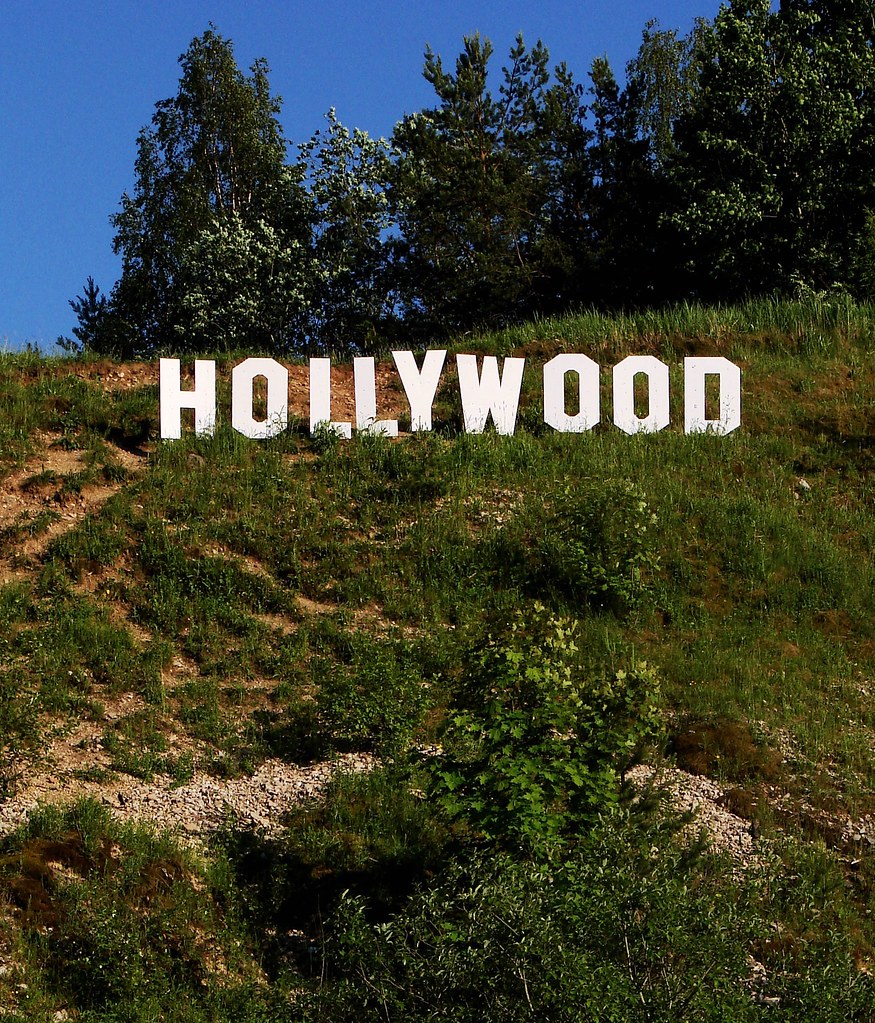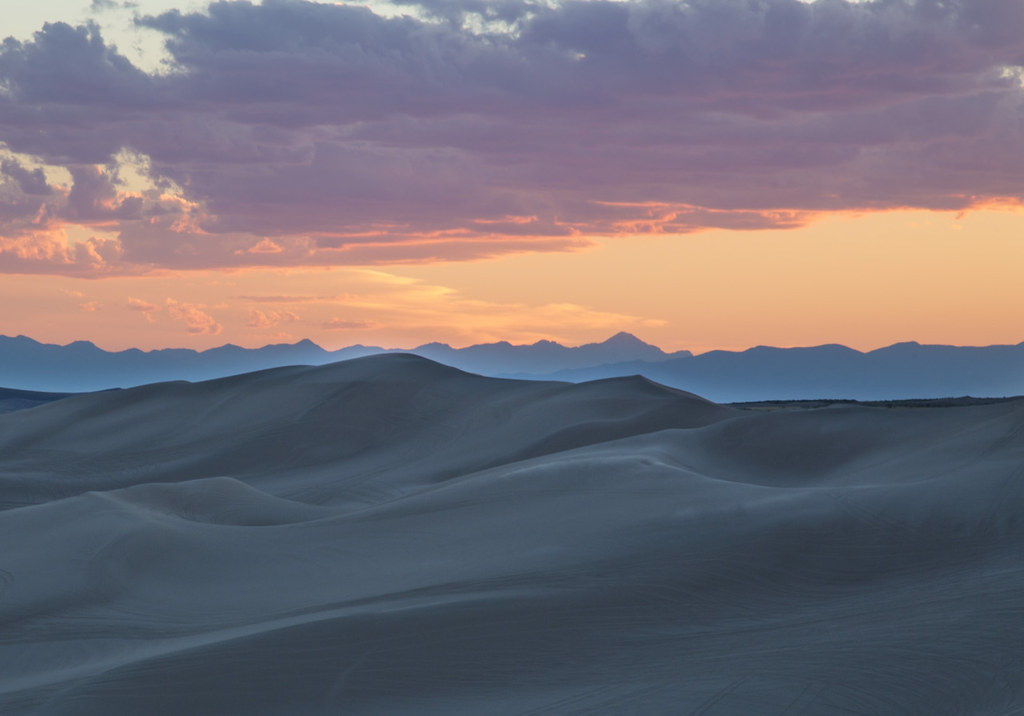
The magic of cinema, at its heart, often relies on the alchemy of place. More than just a mere backdrop, a carefully chosen location imbues a film with an undeniable authenticity, transporting audiences not merely to a story, but to a tangible, immersive world. From sprawling fantasy realms to gritty urban landscapes, the settings that directors and production designers painstakingly select become silent, yet profoundly influential, characters themselves, shaping narratives and lingering in the collective imagination long after the credits roll.
Yet, the pursuit of this perfect cinematic canvas is rarely a simple affair. It involves meticulous scouting, intricate logistical planning, and often, navigating unforeseen challenges that can push the very boundaries of conventional filmmaking. The captivating stories behind these legendary locations are frequently as compelling as the films themselves, revealing the dedication, vision, and sometimes, the sheer audacity required to bring a director’s uncompromised artistic vision to life on the grandest scale imaginable.
In this expansive exploration, we delve into some of the most iconic movie sets across the globe, uncovering the real-world geographies that stood in for fantastical planets, ancient empires, and desolate wastes. We will journey through the fascinating decisions that placed these monumental productions in specific countries, revealing how each locale contributed profoundly to the film’s indelible legacy, sometimes even necessitating extraordinary measures, such as a creative force opting to shift an entire production’s continent to achieve their unyielding artistic goal.
—
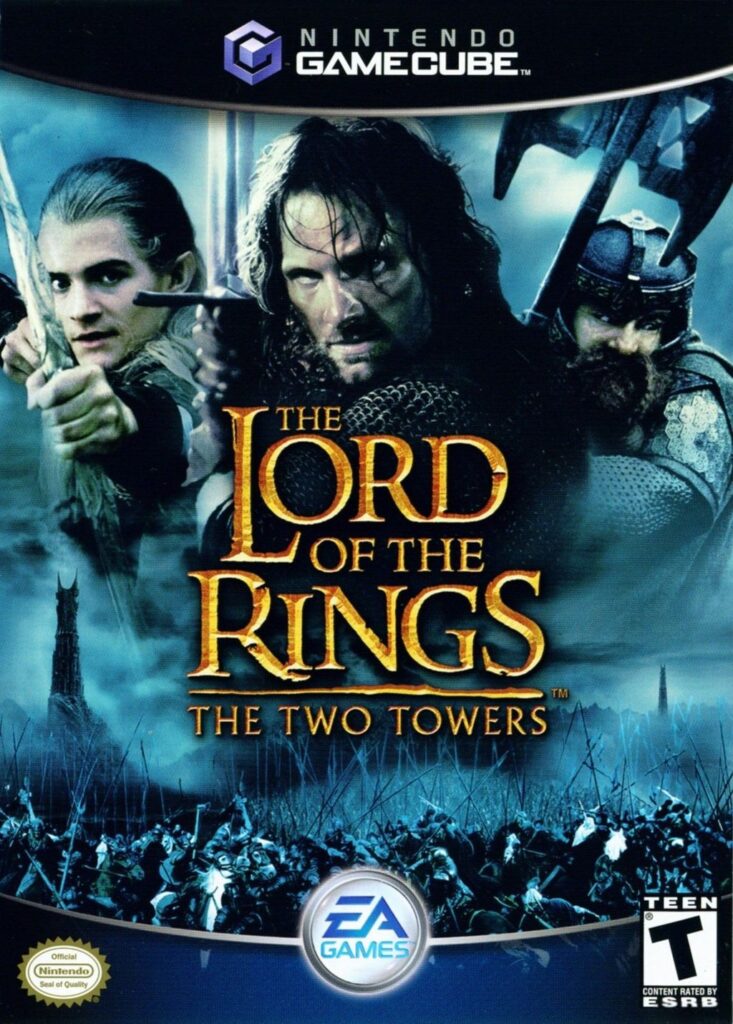
1. **Lord Of The Rings: The Fellowship of the Ring (New Zealand)**The verdant, rolling hills of New Zealand were not merely chosen as a filming location; they became the very embodiment of Middle-earth, redefining fantasy cinema. Peter Jackson’s monumental “Lord Of The Rings” trilogy, commencing with “The Fellowship of the Ring,” famously transformed this stunning Pacific nation into J.R.R. Tolkien’s beloved literary landscape. Among its myriad breathtaking locales, Hobbiton stands as arguably the most iconic and instantly recognizable set from the entire saga, a place etched into the hearts of millions.
Nestled in the Hinuera Valley of Matamata in Waikato, this idyllic hobbit village first introduced us to Frodo, Sam, and Gandalf the Grey. The meticulous construction of Hobbiton created a living, breathing environment, plucked directly from Tolkien’s detailed pages. It was a profound testament to director Peter Jackson’s unwavering commitment to visual authenticity, crafting a home for his characters that resonated deeply with audiences worldwide.
The impact of this cinematic transformation extends far beyond the silver screen. Today, nearly two decades after filming, the Hobbiton set remains meticulously preserved. It offers daily tours, inviting fans from every corner of the world to step directly into the Shire. This enduring, tangible presence speaks volumes about the location’s integral role in the film’s success and its lasting cultural resonance, firmly solidifying New Zealand’s identity as the cinematic heart of Middle-earth.
The sheer scale of the project, and the choice to build such a detailed, semi-permanent set, underscored a new era of location-driven filmmaking. It demonstrated an understanding that for certain stories, the environment is not just a backdrop but an essential character. New Zealand offered not just scenery, but an untapped world waiting to be reimagined as a fantastical realm.

2. **Star Wars Episode IV: A New Hope (Tunisia, England, Guatemala, USA)**The groundbreaking “Star Wars Episode IV: A New Hope” captivated audiences with its vision of a galaxy far, far away. Central to its iconic imagery was the desolate desert planet of Tatooine, a seemingly alien wasteland. This barren world, however, was not some distant celestial body rendered entirely by special effects, but a collection of strikingly convincing real-world locations meticulously chosen to forge an utterly believable alien landscape.
The otherworldly scenes depicting Tatooine were primarily brought to life across the sun-baked expanses of southern and western Tunisia. Specific locales such as Djerba, Sidi Jemour, Tozeur, Mos Espa, Tataouine, and Matmata provided the stark, arid vistas necessary for Luke Skywalker’s home planet. It is a fascinating detail that the very name “Tataouine” directly inspired the planet’s evocative moniker, a subtle yet profound nod to the authentic environments that so fundamentally shaped the film’s groundbreaking visual identity.
For devoted aficionados, the allure of Tatooine extends tangibly beyond the confines of the screen. The Hotel Sidi Driss in Matmata, which famously served as Luke Skywalker’s humble abode, offers a unique opportunity. Fans can spend a night immersed within this piece of cinematic history, experiencing a tangible connection to the saga. This blend of fantastical film narrative and accessible real-world location underscores the profound connections audiences forge with these repurposed filming sites.
The decision to film in Tunisia was a bold stroke of practical effects, long before extensive CGI capabilities were common. It lent a raw, tactile quality to Tatooine, making it feel less like a fabricated set and more like a real, if harsh, environment. The dust, the sun, the wind – all became authentic elements contributing to the immersive experience, elevating the fantastical narrative.

3. **Gladiator (Morocco, England, Italy, Malta, USA)**Ridley Scott’s epic “Gladiator” plunged audiences into the brutal world of ancient Rome, tracing Maximus Decimus Meridius’s journey from revered military status to gladiatorial servitude. The diverse landscapes that framed his arduous path were a tapestry of global locales, each carefully curated to evoke historical grandeur and brutal authenticity. The relentless pursuit of visual accuracy profoundly influenced these widespread location choices.
The cinematic “Zuccabar,” where Maximus began his gladiatorial training, can astonishingly be visited today in the real-world Aït Benhaddou. This ancient fortified village is nestled within Morocco’s Ouarzazate, a region so frequently used by filmmakers it’s dubbed Morocco’s Hollywood. These distinctively burnt-orange clay spires possess an undeniable cinematic quality, explaining their appearance in “> 20 films and television shows since the ’60s,” including “Gladiator,” “The Mummy,” and “Game of Thrones.”
However, the transient nature of blockbuster filmmaking often leaves indelible marks on these historic sites. The article notes that “each film that passes through the ancient city (which people still live in today) leaves a permanent mark.” This includes the “massive pit that was dug to house the arena for Gladiator and never filled in,” and an “entire temple gateway facade that was built for the Mummy and just left there.”
Such profound alterations highlight the complex relationship between large-scale film productions and the delicate preservation of historical and natural heritage. While filmmakers seek to harness the authentic power of these locations, the long-term impact on the environments and communities that host them remains a significant consideration. The legacy of “Gladiator” in Aït Benhaddou illustrates this ongoing dialogue between art and conservation.

4. **Monty Python and the Holy Grail (England, Scotland, Australia)**The beloved British cult-classic, “Monty Python and the Holy Grail,” is a masterclass in comedic ingenuity and, less obviously, a textbook example of movie magic born from severe logistical constraints. The film’s chaotic quest for King Arthur’s legend was initially envisioned to unfold across a diverse array of ancient Scottish castles, an ambitious spatial vision that very nearly unraveled at the eleventh hour.
Producers had initially “secured the rights from the National Trust in Scotland to shoot at a variety of Scottish castles,” and obtained “special permission to shoot at the Doune Castle from the Lord of Moray.” This careful planning, however, was dramatically overturned when, “at the very last minute, the National Trust reneged on their deal.” This sudden withdrawal of crucial permissions thrust the production team into an unenviable position, demanding swift and profoundly creative problem-solving.
In a brilliant stroke of resourcefulness, the Monty Python producers were compelled “to shoot several different scenes using only the various parts of Doune Castle.” This singular, historic location had to miraculously stand in for numerous distinct settings across King Arthur’s legendary travels. It served as the imposing castle inhabited by the French taunters, the terrifying Castle Anthrax, and even the swamp castle.
The versatility of Doune Castle thus became a silent co-star, accommodating critical moments such as “the famous King Arthur vs. the garrison guards scene, the ‘Knights of the Round Table’ musical number, and the Trojan Rabbit scene.” This anecdote underscores how unforeseen location challenges can inadvertently foster extraordinary cinematic creativity and ingenuity, proving that limitations can sometimes force artists to conceive solutions far more memorable than their initial grand designs.

5. **Skyfall (England, Scotland, Japan, Turkey, China)**Daniel Craig’s third, critically acclaimed, outing as James Bond in “Skyfall” immediately commanded attention with its pulse-pounding motorbike chase sequence. This thrilling pursuit unfolded dynamically across the historical rooftops surrounding Eminonu Square and careened through the Grand Bazaar in Istanbul, Turkey, instantly setting a dramatic and exotically rich tone for the film’s globally spanning narrative. The bustling, ancient Turkish metropolis provided an undeniably dynamic and visually stunning backdrop for 007’s perilous escapades.
However, the execution of such ambitious stunts in real-world, often centuries-old, urban locations is rarely without its inherent perils. According to local reports cited in the context, “on the first day of shooting the chase, Craig’s stuntman lost control of the bike.” The ensuing mishap, a moment of unplanned chaos, resulted in a significant, albeit entirely unintentional, mark on Istanbul’s rich historical heritage.
The incident saw the stuntman “smashed right through the crystal glass window a 330-year-old historic storefront.” This moment, while a vivid testament to the inherent risks involved in live-action location shooting, also sharply highlights the unique challenges faced when blockbuster productions interact directly with sensitive, irreplaceable historical environments. It serves as a stark reminder of the delicate balance between achieving cinematic spectacle and the imperative preservation of invaluable cultural heritage.
The logistical complexities of filming such an elaborate sequence in a bustling, ancient marketplace like the Grand Bazaar are immense. Every take, every stunt, every movement carries the potential for disruption or damage. The incident in Istanbul, while regrettable, underscored the high stakes and precision required when a film chooses to anchor its narrative in such deeply resonant, real-world spaces, often at the risk of its environment.
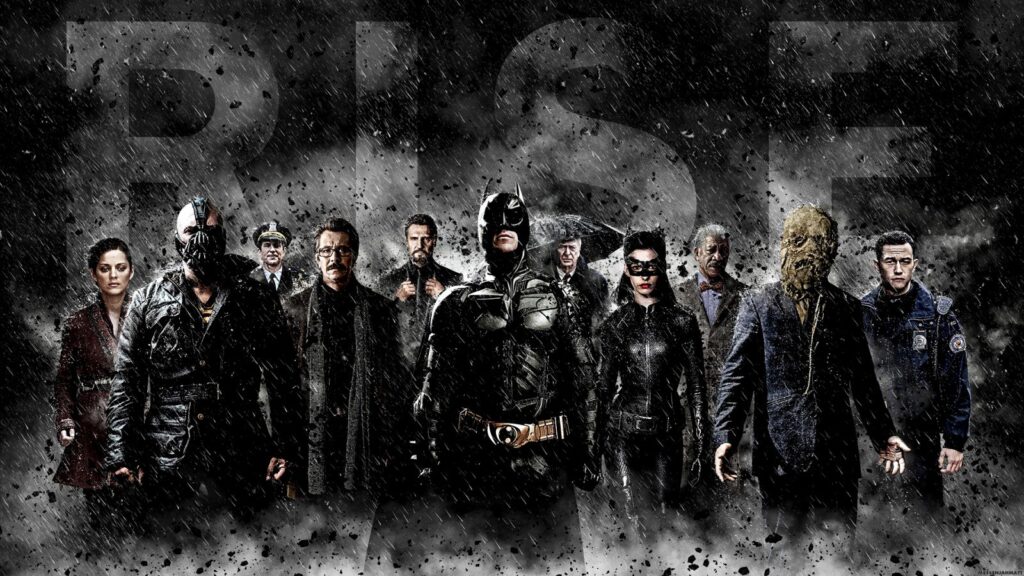
6. **Dark Knight Rises (India, England, Scotland, Italy, USA)**The climactic “Dark Knight Rises,” presented Christian Bale’s Bruce Wayne with a harrowing and transformative ordeal. Trapped deep inside a formidable, isolated prison pit in an unnamed, faraway land with a broken spine, his eventual liberation from this profound despair demanded an equally dramatic and imposing external environment to underscore his arduous journey back to Gotham. The profound visual impact of this chosen location was paramount to the narrative’s emotional and symbolic weight.
Following “ostensibly months of rehabilitation” within the pit, Wayne heroically emerges to find himself at the imposing foot of the “impressive Mehrangarh Fort of Jodhpur.” This magnificent, historic structure is situated majestically in the second-largest city of Rajasthan, India. The ancient fort, with its towering, formidable walls and its undeniably majestic presence, provided a powerful and visually resonant metaphor for Wayne’s arduous physical and spiritual rebirth. It symbolized an unbreakable strength and resilience against overwhelming odds.
The profound cinematic appeal and inherent dramatic quality of the Mehrangarh Fort are not confined solely to “Dark Knight Rises.” Its striking architecture and commanding presence meant it was also “heavily featured in one of the dreamlike story sequences from Tarsem Singh’s 2006 film, The Fall.” Its repeated and prominent use in such high-profile international productions clearly highlights its intrinsic dramatic quality and its remarkable ability to lend an air of timeless, imposing grandeur to any narrative it graces.
This specific location choice powerfully grounded the often-fantastical elements inherent in the superhero genre within a tangible, awe-inspiring reality. It gave Wayne’s struggle and eventual triumph a historical weight and a profound sense of place, making his journey feel more epic and universally significant. The fort itself became a character in his narrative, a silent witness to his rebirth and a beacon of ancient strength that mirrored his own enduring spirit.

7. **Mamma Mia! (Greece, Morocco, England, USA)**Sometimes, the quest for cinematic authenticity meets delightful, unforeseen challenges. The 2008 ABBA-inspired musical sensation, “Mamma Mia!,” sought to capture the vibrant, sun-drenched spirit of Greece. While much of the production faithfully embraced its Mediterranean roots, taking liberties such as filming scenes set in New York within the bustling streets of London underscored the intricate global tapestry of filmmaking.
Yet, it was amidst the picturesque beauty of the Greek island of Skopelos and the nearby charm of Damouchari in Pelion that the film truly found its heart. The filming proceeded with the usual blend of cinematic magic and meticulous choreography, creating an idyllic backdrop for the joyous narrative. However, even in paradise, the unpredictability of a live set can introduce moments of unexpected chaos.
Such a moment unfolded dramatically during the filming of the iconic “Dancing Queen” musical number. Director Phyllida Lloyd recounted how the cast, joined by an enthusiastic chorus of Pelion locals, found their jubilant scene unexpectedly interrupted by a German expat’s donkey. Apparently, with each beat of the music, the animal grew increasingly agitated, choosing to charge full-speed through the set, jeopardizing the very shot it momentarily stole.
This delightful anecdote, far from being a mere hindrance, speaks volumes about the vibrant, often charmingly unpredictable nature of on-location shoots. It illuminates how the integration of local life, even down to a spirited donkey, becomes an indelible part of a film’s story. These organic moments, whether planned or accidental, imbue the final cut with an authenticity that simply cannot be replicated on a soundstage, adding layers of genuine, human-scale magic to the grand cinematic vision.
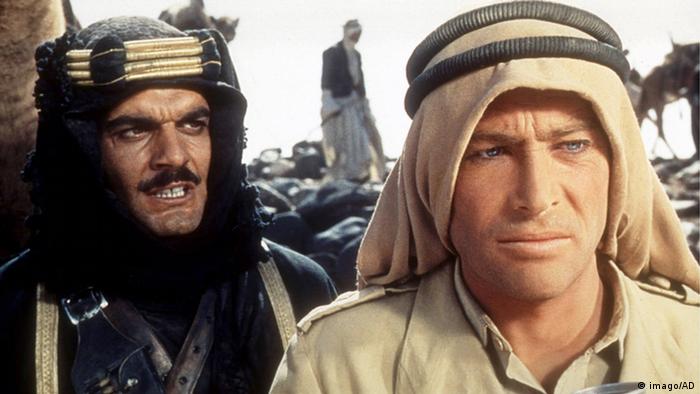
8. **Lawrence of Arabia (Morocco, Spain, England, USA, Jordan)**David Lean’s monumental “Lawrence of Arabia” remains a cinematic touchstone, renowned for its sweeping desert vistas and the evocative grandeur of its imagery. The film’s enduring power is inextricably linked to its portrayal of vast, sun-baked landscapes, which continue to ignite a profound “desert-lust” in audiences worldwide. These iconic scenes of camels traversing endless dunes cemented a visual language that has shaped our collective imagination of the Arabian sands.
To achieve such breathtaking authenticity, the production team embarked on a global odyssey, meticulously selecting a variety of dune hotspots across the world. While locations like the Imperial Sand Dunes in California and the rugged terrain of Ouarzazate in Morocco provided crucial settings, it was the majestic expanse of Wadi Rum in Jordan that truly captured the film’s essence. This extraordinary desert valley became the primary canvas for the sweeping panoramas that define the film’s visual identity, rendering a sense of awe-inspiring scale and timeless beauty.
What makes the choice of Wadi Rum particularly resonant is its deep, intrinsic connection to the historical figure at the film’s heart. It is, perhaps, no mere coincidence that Wadi Rum was chosen as the image of the desert the production team aimed to convey. This was the very desert where T.E. Lawrence, the real-life inspiration for the film, spent significant time. This profound historical alignment imbued the cinematic landscapes with an undeniable layer of authenticity, transforming them into more than just backdrops but living witnesses to history.
By meticulously integrating such historically significant locations, the film transcends mere visual spectacle. The landscapes of Wadi Rum were not simply places for the drama to unfold; they were active participants, echoing the real Lawrence’s experiences and struggles. This commitment to geographical accuracy, woven into the very fabric of the narrative, solidifies “Lawrence of Arabia” as a masterpiece where setting and story are harmoniously, inextricably linked, forging an epic that continues to resonate with unparalleled power and beauty.
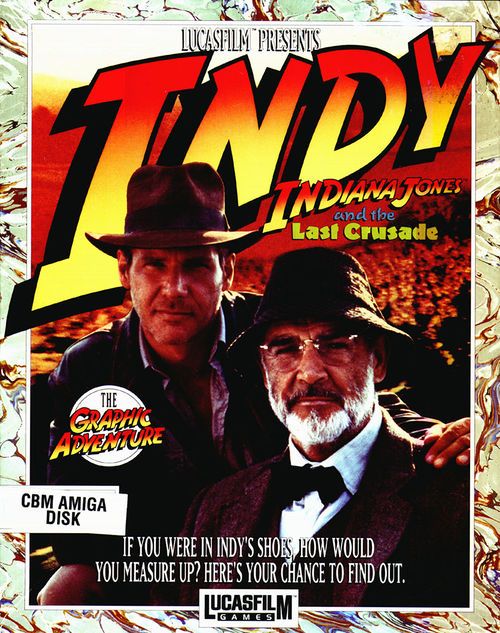
9. **Indiana Jones and the Last Crusade (Jordan, Spain, USA, Germany, Italy, England)**The Indiana Jones franchise has long thrilled audiences with its blend of historical adventure and breathtaking escapades. In “Indiana Jones and the Last Crusade,” the climactic revelation of the Holy Grail’s resting place captivated millions, drawing them into a world of ancient mysteries. What many discover with a sense of wonder is that the awe-inspiring cliffside facade of the temple at Al Khazneh, featured so prominently in the film’s unforgettable climax, is not a mere set piece, but a breathtaking real-world marvel situated in Petra, Jordan.
This magnificent ancient structure, carved directly into the rose-red sandstone cliffs, truly does look exactly as it appears on screen, sans booby-traps and the elusive holy cup. The film’s immense global success acted as an unparalleled catalyst, igniting an exponential surge in tourism to the region. This phenomenon became so pronounced that it even captured the attention of Middle Eastern satire publications, humorously suggesting that “Petra to be renamed ‘That place from Indiana Jones'”—a testament to its profound cultural impact.
The allure of Petra, amplified by its cinematic fame, continues to draw intrepid travelers and devoted fans alike. The Matador Network itself acknowledges this draw, having recently visited Jordan and captured stunning footage around the country, particularly highlighting the iconic Al Khazneh. This enduring fascination underscores a potent synergy: cinema not only draws inspiration from such majestic locations but, in turn, amplifies their global recognition, inviting new generations to discover their historical and natural wonders firsthand.
The profound influence of cinema on cultural sites and tourism is undeniably powerful. A fictional narrative, expertly woven into the tapestry of an ancient wonder, possesses the capacity to breathe new life into its legacy. Petra’s transformation into a pilgrimage site for film enthusiasts exemplifies how the silver screen can forge tangible connections between audiences and real-world marvels, demonstrating the enduring power of storytelling to redefine perceptions and inspire actual journeys.

10. **Pirates of the Caribbean: The Curse of the Black Pearl (Dominican Republic, St. Vincent and the Grenadines, USA)**
The “Pirates of the Caribbean” franchise, an undeniable blockbuster success, skillfully transports audiences to a swashbuckling world of high seas adventure and mystical islands. The delightful irony, often overlooked, is that the initial installment, “The Curse of the Black Pearl,” largely stayed true to its titular setting, finding its authentic backdrops within the actual Caribbean, bringing a genuine maritime spirit to the screen.
Among the film’s many memorable sequences, the scene where Captain Jack Sparrow and Elizabeth Swann find themselves famously marooned on a deserted island holds a special place. It is on this very patch of remote paradise that Jack delivers one of the film’s most quotable lines: “But why is all the rum gone?” This moment of comedic despair and desolate beauty left an indelible mark on audiences, embedding the island firmly in cinematic lore.
This iconic island, far from being a studio creation, is a real-world gem known as Petit Tabac, nestled within the picturesque Tobago Cays island group. Located off the Northeastern coast of Venezuela, in St. Vincent and the Grenadines, it retains the secluded, untouched allure that the film so masterfully captured. To experience this tangible piece of movie magic firsthand, one typically needs to charter a boat, often departing from the Tobago Cays Marine Park on Clifton Union Island, for a serene six-mile journey northeast.
The film’s ability to transform an obscure, remote island into a legendary cinematic space powerfully illustrates the enduring appeal of location-based storytelling. It invites audiences to venture beyond the screen, to seek out these tangible connections to the narratives they cherish. Petit Tabac, once a tranquil, largely unknown speck in the Caribbean, now stands as a testament to cinema’s capacity to inspire real-world exploration, turning fictional adventures into accessible, real-life pilgrimages for ardent fans.

11. **The Beach (Thailand, UK)**”The Beach,” starring Leonardo DiCaprio, explores a universal human yearning: the quest for an unspoiled, untouched paradise. The film’s narrative centers around the elusive dream of finding that perfect, pristine stretch of sand – the kind of idyllic, sun-swept, footprint-less haven one imagines from a travel brochure or a curated listicle of epic beaches. This ambitious premise presented the filmmakers with a formidable challenge, demanding nothing less than an earthly Eden.
After an extensive search for such a photographic paragon, producers ultimately settled upon Koh Phi Phi Leh, one of the larger islands nestled within Thailand’s stunning Krabi province. Its dramatic limestone cliffs, emerald waters, and secluded coves offered the perfect visual canvas for the fictional, hidden Utopia. The location was chosen for its breathtaking natural beauty, a truly cinematic landscape that could convincingly embody the dream.
For those inspired by DiCaprio’s character to embark on their own quest for untouched beauty, the reality of Koh Phi Phi Leh presents a nuanced truth. The “bad news” is that while it remains undeniably beautiful, the island is now regularly swarmed by tourists, a direct consequence of its cinematic fame and subsequent popularity. The once-secluded haven now bustles with visitors, altering the very essence the film sought to portray.
However, the “good news” for the intrepid traveler is that Thailand, a country renowned for its natural splendor, remains abundantly rich with literally hundreds of remote islands. From the pristine shores of Ko Tarutao to countless other hidden gems, the archipelago offers diverse flavors of paradise awaiting discovery. This paradoxical outcome—a film about untouched beauty inadvertently leading to commercialization—highlights the complex relationship between cinematic idealization and the often-unpredictable realities of cultural tourism, challenging us to continue seeking genuine, unspoiled wonder in a world increasingly explored.
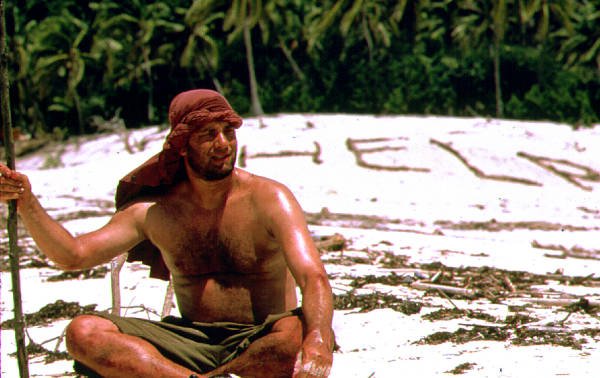
12. **Cast Away (Fiji, Philippines, Russia, USA)**Tom Hanks’ compelling portrayal of Chuck Noland in “Cast Away” left an indelible mark on cinematic history, prompting countless viewers to ponder the exact location of his isolated ordeal. The film’s raw depiction of survival, companionship with a volleyball named Wilson, and the overwhelming loneliness of solitude on a remote island has embedded itself deeply into the collective consciousness, making the setting itself a character of enduring fascination.
As it turns out, the iconic island where Hanks’ character washes ashore is a genuinely uninhabited landmass, perfectly suited for the narrative’s profound isolation. This real-world location is Monuriki Island, a pristine, 99-acre expanse off the coast of Viti Levu, the largest island in Fiji. As a jewel within the breathtaking Mamamuca island chain, Monuriki offered the filmmakers the authentic, unspoiled backdrop crucial for the film’s powerful storytelling.
Today, the island’s cinematic legacy continues to thrive, transforming it into a unique destination for fans. Daily “Cast Away” boat tours now depart from Port Denarau on Viti Levu, inviting visitors to experience a tangible connection to the film’s narrative. These tours offer a pilgrimage for movie enthusiasts, allowing them to witness the very shores where Chuck Noland fought for his survival against the overwhelming forces of nature, feeling the profound sense of isolation and resilience first-hand.
The film’s powerful narrative transformed an obscure, uninhabited island into a global symbol of isolation, resilience, and the indomitable human spirit. Monuriki Island has thus become more than just a filming location; it is a pilgrimage site for those seeking to connect with the profound themes of the movie. This evolution underscores how cinema can elevate a piece of geography into a cultural touchstone, generating a new form of tourism driven by narrative and emotional resonance, cementing its place in the lore of legendary movie sets.
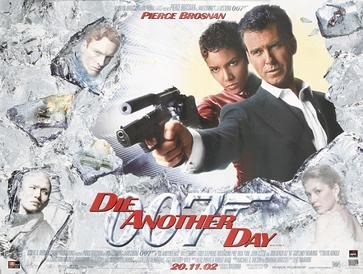
13. **Die Another Day (Spain, England, USA, Iceland, Norway)**For many who grew up with Pierce Brosnan as James Bond, his tenure as 007, despite varying critical reception, holds a certain nostalgic charm. His fourth installment, “Die Another Day,” is particularly memorable for one of the most spectacularly audacious car chases ever committed to film: a breathtaking sequence featuring vehicles sliding and skidding across a vast, unforgiving glacier. This visual spectacle pushed the boundaries of action cinema, leaving audiences on the edge of their seats.
The stunning, icy landscape for this epic confrontation was set against the backdrop of the glacial lagoon of Jökulsárlón, Iceland. However, a fascinating detail often escapes notice: the actual glacier depicted in the film, the one providing the perfectly frozen surface for such a high-stakes pursuit, doesn’t exist in that exact form. This revelation speaks to the extraordinary lengths film productions will go to create cinematic illusions, even when starting with an already dramatic natural wonder.
To achieve the required frozen expanse, the production team orchestrated an incredible engineering feat: they actually dammed the lake. This monumental effort aimed to force the water to freeze to a safe thickness, robust enough to support the heavy vehicles and intricate stunts. The stakes were incredibly high, with the team facing immense pressure as the window for safe filming narrowed. Miraculously, the ice only froze to a sufficient thickness mere days before the production was scheduled to abandon the site and relocate the shoot to Alaska.
This near-miss perfectly encapsulates the dedication and ingenuity required to bring such ambitious visions to life. It highlights the delicate dance between harnessing the raw power of nature and imposing human will to achieve cinematic spectacle. The incident in Jökulsárlón stands as a compelling testament to the often-invisible efforts behind the scenes, showcasing how filmmakers blend natural beauty with audacious engineering to craft unforgettable action sequences, even when nature itself demands profound creative and logistical concessions.

14. **Mad Max: Fury Road (Namibia, Australia, South Africa)**”Mad Max: Fury Road” exploded onto screens as a visceral, critically acclaimed masterpiece, quickly securing its place among the greatest films of all time. Its relentless, dust-choked car chases through a post-apocalyptic wasteland are central to its iconic status, redefining the action genre with breathtaking practical effects and an unparalleled sense of urgency. The desert itself, harsh and unforgiving, functions as a powerful, silent antagonist throughout the film.
Unique to this installment of the venerable “Mad Max” franchise was a monumental logistical decision that reshaped the film’s very canvas: large swaths of the movie were shot in the stark, otherworldly Namib Desert of Namibia. This choice marked a significant departure from tradition, as previous “Mad Max” films had been firmly rooted in the Australian Outback, their spiritual homeland. The move, spanning continents, underscored an unwavering commitment to achieving a specific, uncompromising visual aesthetic.
Director George Miller, the visionary behind the saga, made the tough but ultimately crucial call to break from this established tradition. The catalyst for this audacious shift was an unexpected climatic event: Australia experienced its third wettest rainy season in recorded history. This left the original intended shooting site of Broken Hill, a landscape typically synonymous with desolation, unexpectedly lush with new growth and blooming wildflowers, rendering it far too verdant to convincingly portray a gritty, post-apocalyptic world.
Miller’s uncompromising artistic vision demanded a landscape that truly embodied the ravaged, desolate future he envisioned. The Namib Desert, with its ancient, stark beauty and vast, barren expanses, offered the perfect, unblemished tableau for his dystopian narrative. This continent-spanning relocation, while a logistical challenge of immense proportions, became absolutely imperative to uphold the film’s visual authenticity, demonstrating the profound influence of environment on storytelling.
This extraordinary decision showcases the lengths to which a director, driven by an unyielding creative impulse, will go to achieve their singular artistic goal. It’s a powerful testament to the idea that sometimes, the ideal cinematic canvas cannot be found, but must be sought out, even if it means moving an entire production across continents. “Mad Max: Fury Road” thus stands as a profound example of how the pursuit of perfect visual storytelling can literally reshape geographical boundaries, proving that the right location is not just a backdrop, but an indispensable character that shapes the very soul of a film.
—
From the meticulous reconstruction of Middle-earth to the daring relocation of an entire production across continents, the journey through these iconic movie sets reveals a profound truth: cinema is an art form deeply entwined with the power of place. These locations, whether transformed into fantastical realms or used as raw, authentic backdrops, are more than mere scenery; they are vessels of narrative, shaping emotional responses and cementing stories in our collective memory. As technology advances and creative visions evolve, the interplay between filmmakers and the world’s diverse landscapes will undoubtedly continue to yield extraordinary, sometimes surprisingly challenging, but always unforgettable cinematic magic, inviting us all to explore the worlds both on screen and beyond.

